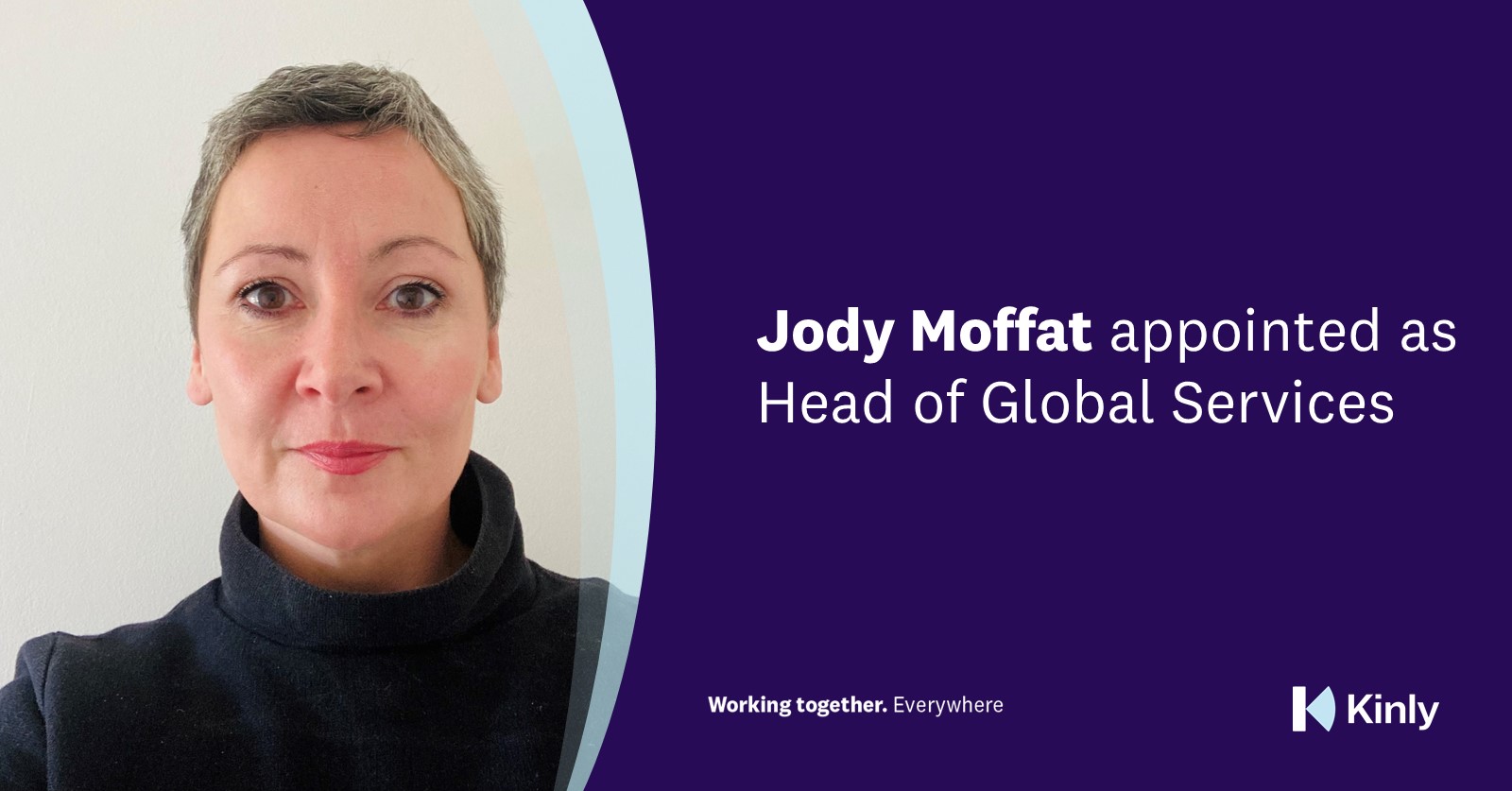The workplace of 2025: a reflection on IDC’s predictions
In its Infobrief, IDC shared its predictions about the future of the ever-changing workspace. In order to provide some context and as a means of reflection, I’ll share my thoughts on these predictions in this blog post.

Prediction 1: The future workspace will enable work without time, device or space boundaries
The workspace is becoming more agile. The time someone had to go to a physical office to get work done is over. Work can be done without boundaries regarding time, device or space. IDC predicts that the number of mobile workers in Western Europe will be increasing to 135 million in the next five years. It should be clear that ‘mobile’ in this context is not referring to mobile devices, but to ‘mobility’ in general. In order for people to become more mobile - which mainly applies to knowledge workers - there needs to be a support for more purpose-driven devices. Though for example a tablet is a great device for the consumption of information, it will never beat the pc regarding the production of the very same information. Not every device can be used to perfectly execute all tasks. As you might write an email on your laptop, you could however use your mobile phone to read the reply. This only works if all devices seamlessly work together and are interconnected.
Prediction 2: 45% of workers in Europe will be self-employed
IDC is expecting 45 % of workers in Europe will be self-employed by 2025. I highly doubt in just five years that this prediction will come true. Let’s not forget it is about people. When it comes to work, people in general want safety and being self-employed always comes with a certain risk. IDC also addresses that self-employment ‘underscores the value of virtual borderless teams’. Is it self-employment or something else? I believe it has to do with the way companies are organised. They change towards a more project-based way of working, which results into more collaboration across and between companies. That is, in my opinion, the main driver for the need of virtual and borderless teams.
Prediction 3: More than 66% of managers expect to reach their workers regardless of locations and time boundaries
According to IDC by 2025, more than 66% of the managers surveyed expect to reach their workforce regardless of locations and time boundaries. I believe this prediction has a better chance of becoming a reality. Technology enables us to communicate easier and faster. As said before, we are getting more mobile. When I was travelling in the past, I was not able to answer calls or read my email. Nowadays, people do expect I am also available while being on the road or in different time-zones. Besides, in most countries it is normal to be available outside of working hours. However, a good work-life balance is important and that is something both organisations and employees should keep in mind. Organisations should not expect their employees to be ‘always on’, whereas employees should be aware that expectations on availability increase when they always answer their emails or calls immediately.
Prediction 4: 39% of the workforce will consist of millennials
By 2025 almost all millennials will have entered the workforce, while more of them have grown into managerial positions. IDC expects that 39 % of the workforce will consist of millennials that all want ‘instant communications, video on all devices, and seamless connectivity.’ Apart from that millennials might be more keen to have this availability, as their level of adoption regarding usage of video technology is also likely to be higher than other age groups. This could help organisations to accelerate their rollout of unified communications, as adoption of technology is key to make it a success.
Prediction 5: Up to 30% of European enterprises will move to other approaches to acquire skills and temporary staff
According to IDC up to 30% of European enterprises will move from traditional talent sourcing strategies and models toward virtual, borderless, and task-oriented approaches, integrating online communities and platforms to acquire skills and temporary staff. This is definitely a trend. As mentioned before, organizations will embrace a more project-based way of working which makes it more likely to hire temporary staff when certain expertise is needed to execute these projects from start to end. However, though I do not see any technical boundaries here, organisations will also have to be careful with regards to protecting their intellectual property. As a result they will look towards finding the right balance between permanent workers and freelancers within their workforce.
Prediction 6: >75% of IP traffic will be video
Did you know that 300 hours of video are added to YouTube every single minute? It goes without saying that the usage of video is increasing, mainly caused by platforms such as YouTube and Netflix. These days it is much easier for people to create videos, especially considering the evolution of basic cell phones into smartphones. Besides, people more and more prefer the consumption of video to text. Especially when it shows the explanation of how something should be done, such as the installation of a device. Unsurprisingly, IDC expects that over ‘75 % of IP traffic will be video’ by 2025. Other sources, such as Cisco's Visual Network Index (VNI) forecast, even speak of a percentage of 82 %.
Do you want to read more about the workplace of the future? Then download the IDC InfoBrief.








